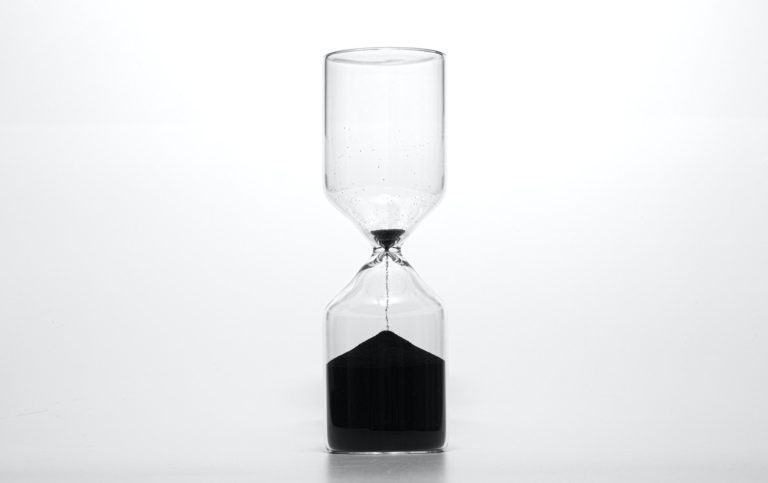
Get CPR training for your team!
If you have any questions feel free to email us at info@emccprtraining.com
CONTACT ONE OF OUR EXPERTS HERE

Last Updated on July 26, 2023 by CPR Training
 When you understand what happens to the body after cardiac arrest and how fast, you understand how important early CPR intervention is. The American Heart Association’s Chain of Survival (we’ve written about this for pediatric cases before) uses the word “early” repeatedly.
When you understand what happens to the body after cardiac arrest and how fast, you understand how important early CPR intervention is. The American Heart Association’s Chain of Survival (we’ve written about this for pediatric cases before) uses the word “early” repeatedly.
Obviously, that’s not a coincidence. Several studies have correlated each minute without appropriate care after a cardiac event to an 8 to 10% drop in survival.
The shorter the amount of time between a cardiac event and intervention, the higher the survival rate. Period. The whole chain of survival concept is intended to shorten the time each phase of intervention takes, from recognition to advanced care.
One model, focused on adult victims, proposes three phases of physiological breakdown after cardiac arrest. It suggests differing care depending on the length of time that has passed since the event. We won’t get into the weeds regarding the feasibility of regular people intervening perfectly in real-world situations. Regardless, these phases are a useful way to understand what is happening in the body as time progresses.
One very important note. This article uses the three-phase model as a way to talk about what’s happening physiologically after arrest. Please don’t interpret it as a recommended change to your training. As our understanding improves, training will change. Anytime you read something that feels different from your training, default to your training.
In the first minutes after cardiac arrest, impacts on the rest of the body usually remain fairly minimal. (The body hasn’t used up its supply of oxygen.) The risk increases as time goes on and the body uses its remaining oxygen.
Administering defibrillation is likely to have the most positive impact on survival during phase one, and AEDs are instrumental in this phase as the restoration of blood flow begins before the impacts of oxygen deprivation do. The goal is for the AED to restart the heart so the body can get blood– and oxygen– moving on its own. In the absence of a means for defibrillation, it is still very important to administer CPR compressions in order to introduce some oxygen to the system.
During this second phase, a lack of oxygen overtakes the fact of the stopped heart as the body’s primary emergency.
CPR helps restore some oxygen to the system before defibrillation will be as useful as possible. If lifesaving measures aren’t taken, and oxygen isn’t reintroduced during this phase, cells begin to shut down and accumulate toxins that would otherwise be carried away in a healthy, active system.
We understand this phase the least. Inadequate blood flow and the resulting oxygen deficiency (ischemia) cause cell death and organs shut down. The longer this goes on, the more tissue damage results.
A new risk of further system damage is thought to be introduced when toxins accumulate, and circulation begins again. In this scenario, further tissue damage results from the circulation of blood carrying accumulated toxins (reperfusion injury). It’s important to note that reperfusion injury in the third phase is neither universally accepted nor fully understood.
What happens to the body after cardiac arrest happens fast. As you can see, the primary reason for training as many people in CPR as possible as well as possible is that survival depends on it. Every minute counts.
EMC CPR Training continues to offer safe, appropriately distanced on-site CPR training, and we now provide certification programs online. If you have questions about your organization’s program or any of our products or services, please contact us online or call 1-800-695-5655.
Disclaimer
All the information on this website – www.emccprtraining.com – is published in good faith and for general information purposes only. EMC CPR & Safety Training, LLC does not make any warranties about the completeness, reliability, and accuracy of this information. Any action you take upon the information you find on this website (EMC CPR & Safety Training, LLC) is strictly at your own risk. EMC CPR & Safety Training, LLC will not be liable for any losses and/or damages in connection with using our website.
You can visit other websites from our website by following hyperlinks to such external sites. While we strive to provide only quality links to useful and ethical websites, we have no control over the content and nature of these sites. These links to other websites do not imply a recommendation for all the content found on these sites. Site owners and content may change without notice and occur before we can remove a link that may have gone ‘bad’.
Please be also aware that when you leave our website, other sites may have different privacy policies and terms which are beyond our control. Please be sure to check the Privacy Policies of these sites as well as their “Terms of Service” before engaging in any business or uploading any information
By using our website, you hereby consent to our disclaimer and agree to its terms.
Get CPR training for your team!
If you have any questions feel free to email us at info@emccprtraining.com
CONTACT ONE OF OUR EXPERTS HERE